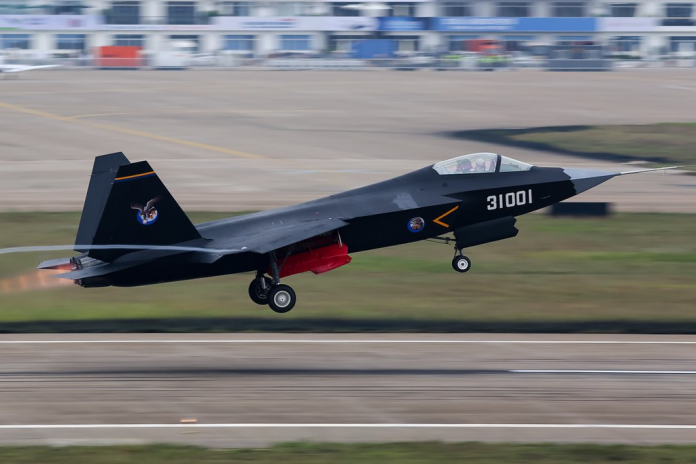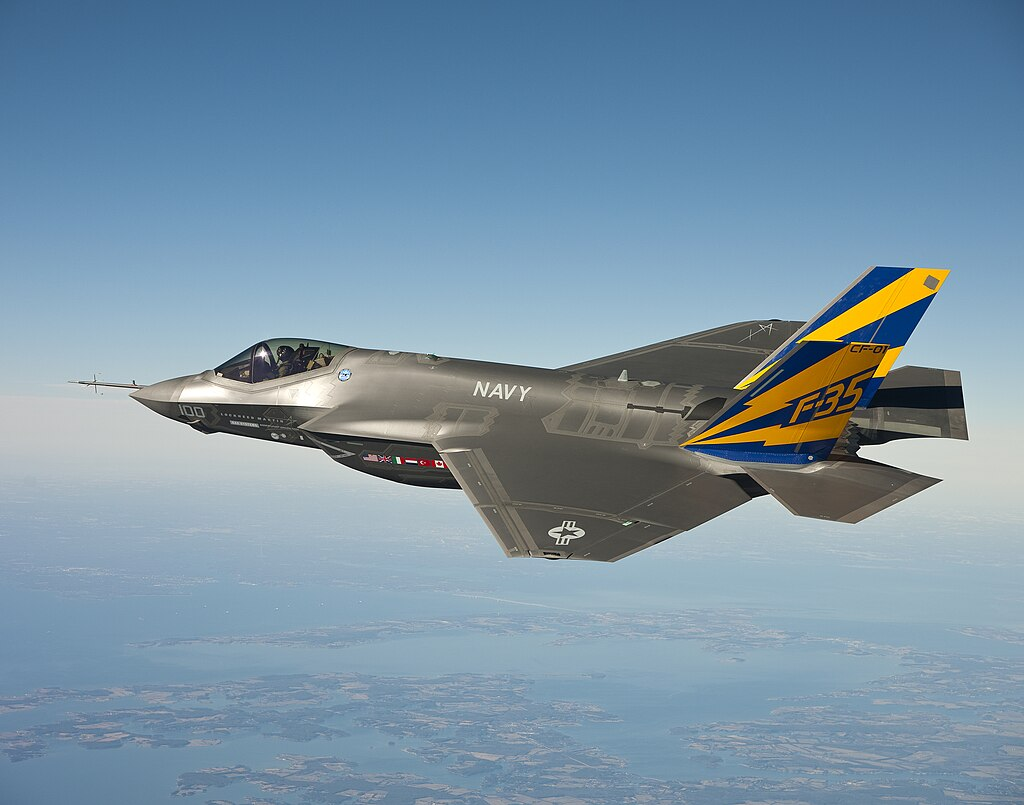
$1.7 trillion that’s the estimated life-cycle cost of the F-35 Lightning II program, the most expensive weapon system in history. And for sticker price per plane, the F-35 doesn’t even rank. In the high-stakes game of military aviation, price tags are determined by more than pure performance they are influenced by decades of research, geopolitics, and the integration of technologies that frequently remain secret.
Today’s most expensive fighter jets are not simply aircraft; they are flying ecosystems of stealth shaping, sensor fusion, advanced propulsion, and weapons integration. Each represents a nation’s strategic priorities and industrial capabilities. From American air dominance icons to emerging Chinese stealth challengers, the ranking reveals both the cost of cutting-edge innovation and the geopolitical narratives behind it.
This top ten list analyzes the costliest fighter jets currently in production or in service, based on open-source intelligence, defense procurement documents, and expert opinion. It goes beyond the cost to delve into what makes each plane special and why countries are willing to fork out such astronomical amounts to get them airborne.
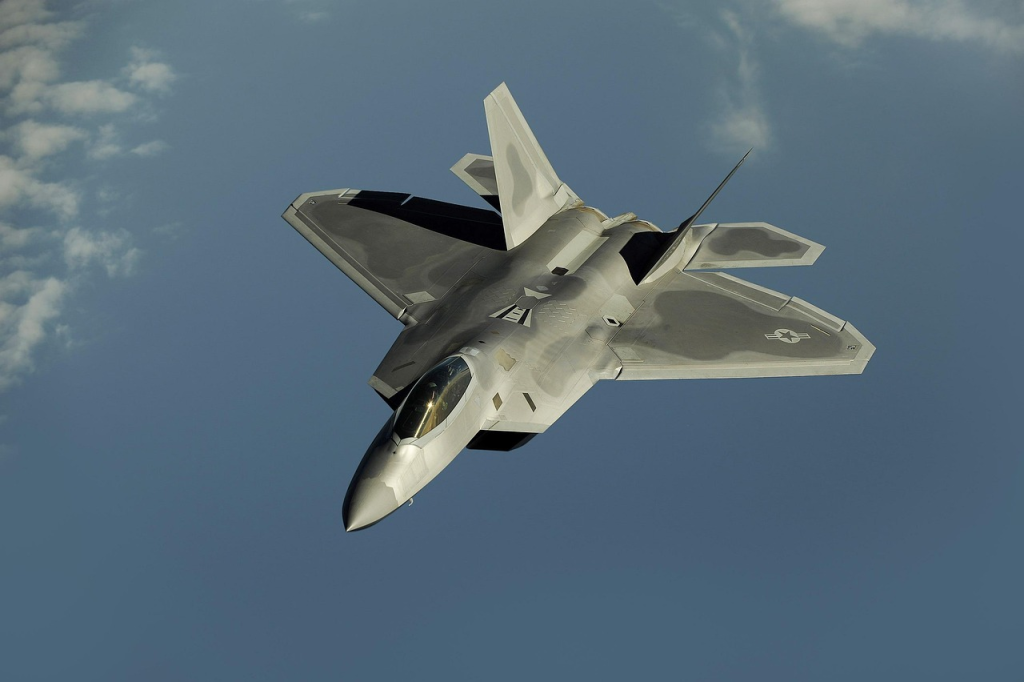
1. Lockheed Martin F-22 Raptor – $143 Million
The F-22 is still the standard against which others are measured for air dominance. Built under the Advanced Tactical Fighter program, it is a combination of unstable maneuverability, stealth, and supercruise at Mach 1.8 with no afterburners. Its radar cross section is reportedly as small as a marble, providing it with a decisive advantage in contested airspace.
Though the US Air Force quotes its flyaway price as $143 million, the actual amount is much greater when considering the $67.3 billion that was paid for 195 aircraft about $334 million each. It ceased production in 2011 because of the cost as well as export limitations, but it is being upgradable to counter China’s J-20 and Russia’s Su-57 platforms’ threats.
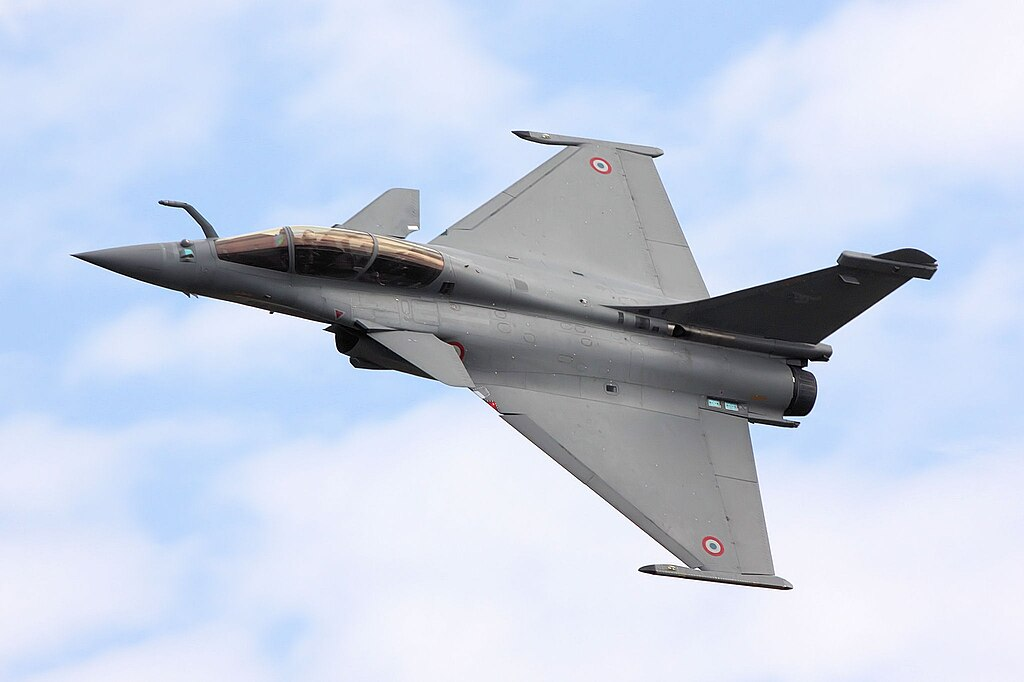
2. Dassault Rafale – $125 Million
France’s Dassault Rafale was designed as an ‘omnirole’ fighter, equally suitable for air-to-air combat, ground attack, reconnaissance, and carrier capabilities. Its delta wing with canards provides maneuverability, and the SPECTRA electronic warfare suite provides sophisticated threat detection and jamming.
Export sales usually package weapons and training to bring unit cost up to approximately $125 million. Large contracts consist of 80 fighters for the UAE for $19 billion. Less stealthy than fifth-generation competitors, Rafale’s flexibility and combat experience make it highly demanded.
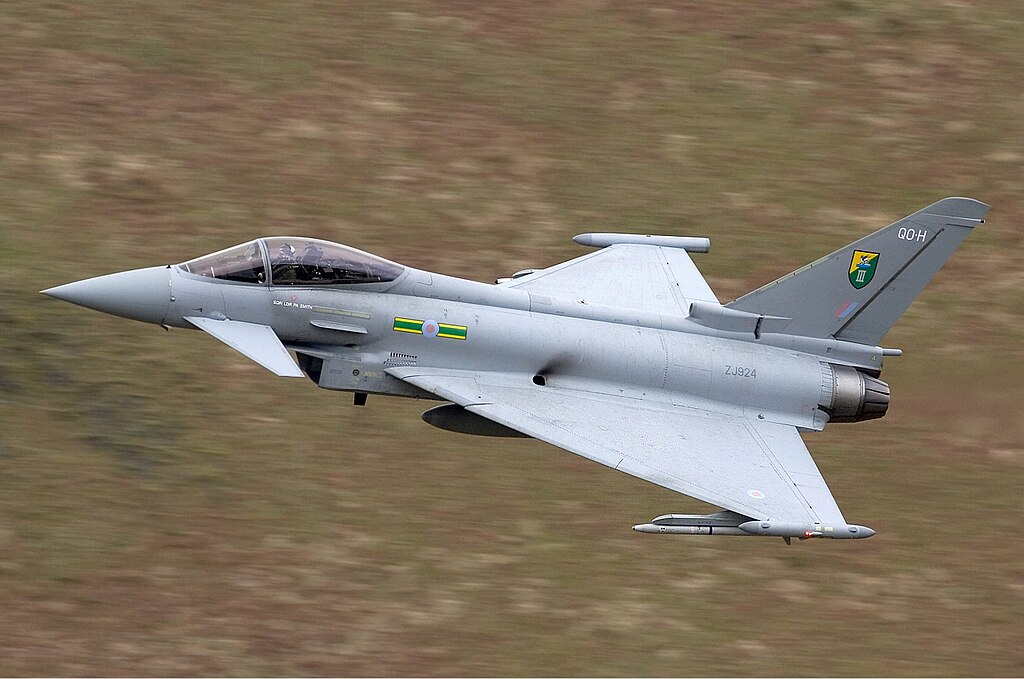
3. Eurofighter Typhoon – $117 Million
A collaborative effort of the UK, Germany, Italy, and Spain, the Typhoon was designed to dogfight, with a thrust-to-weight ratio close to 1:1 and a speed in excess of Mach 2. Its Captor-E AESA radar, Pirate IRST, and DASS electronic warfare suite provide it with intimidating situational awareness.
Customers abroad pay around $117 million per plane, though partner countries negotiate lower prices. The program is well over $120 billion total, with individual-plane values at around $250 million when development is added in – a testament to its advanced avionics and multinational complexity of production.
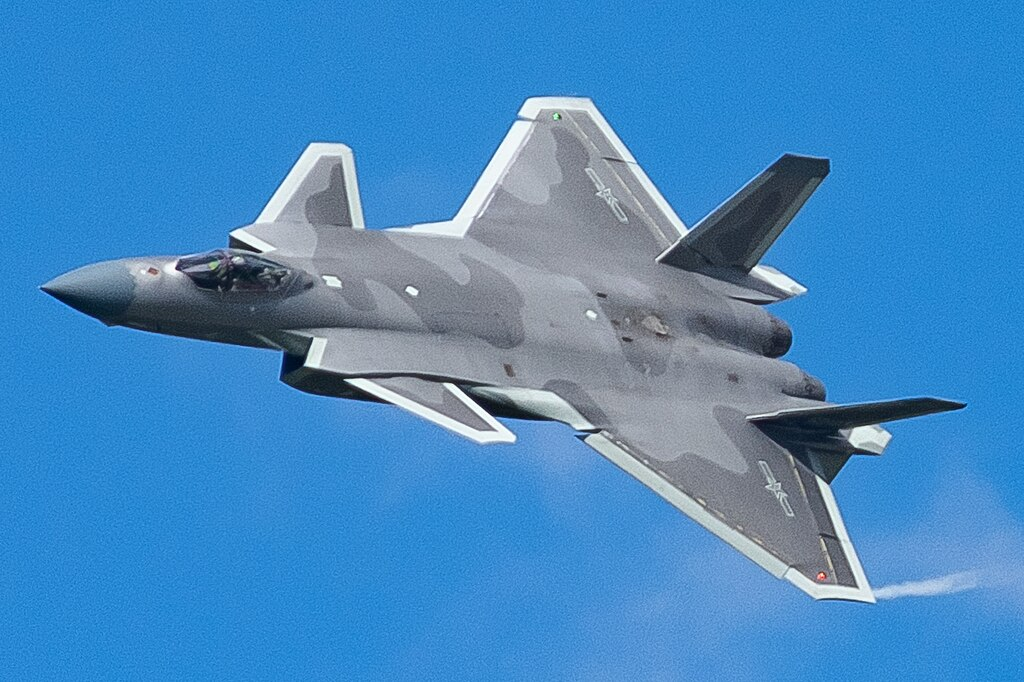
4. Chengdu J-20 – $110 Million
China’s ‘Mighty Dragon’ is its first combat-tested stealth fighter, intended for long-range strike and air superiority. Its angular nose, canards, and internal carriage of weapons minimize radar signature, and newer WS-10C engines provide supercruise capability at Mach 1.8.
Analysts observe that although its stealth is behind the F-22, the range and payload of J-20 make it a strategic option in the Pacific. With no planned exports, China is targeting speedy production and incremental development to bring it closer to American fifth-generation jets.
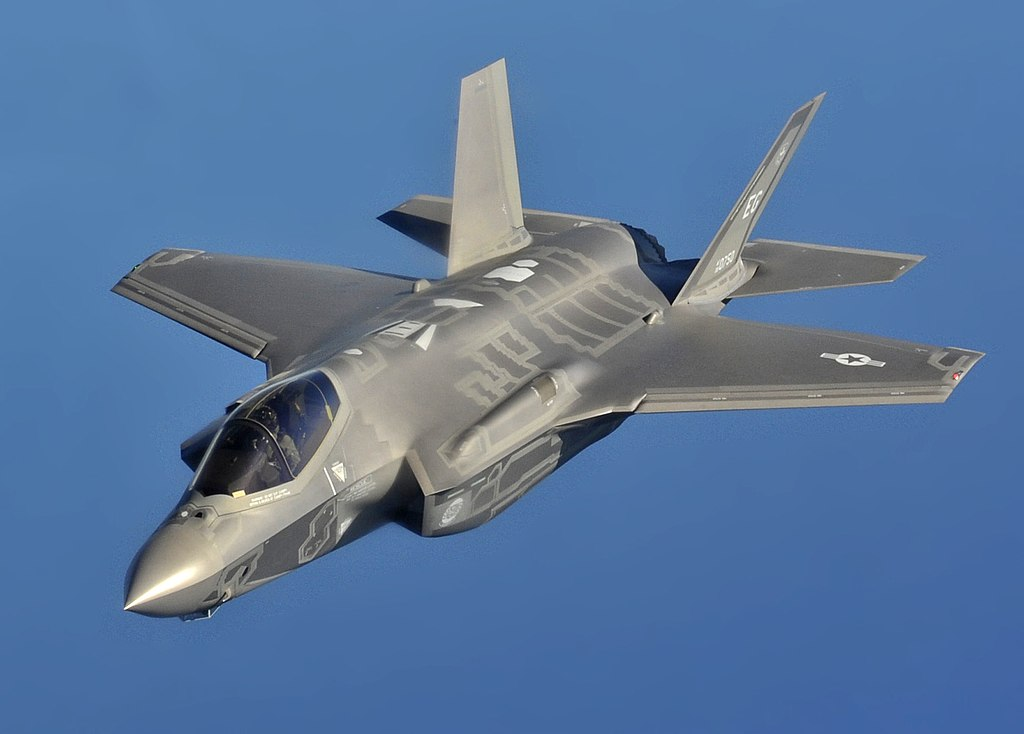
5. Lockheed Martin F-35 Lightning II – $109 Million
The F-35 program cuts across three variants A, B, and C designed for the Air Force, Marines, and Navy. The STOVL variant F-35B is the priciest at around $109 million. Its defining characteristic is sensor fusion, providing a common battlespace picture for allied forces.
Though costing a lot per unit, the program’s lifetime cost of $1.7 trillion represents sustainment and modernization over several decades. Increasing raw material costs and capability improvements continue to push prices, but its stealth and interoperability keep it at the heart of allied air power.
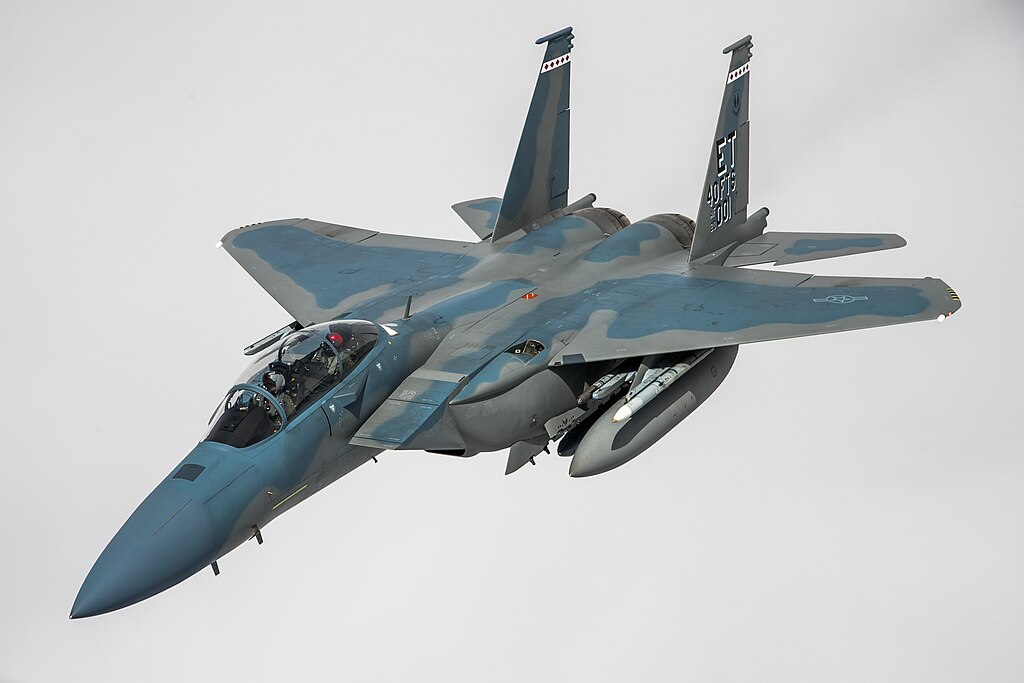
6. Boeing F-15EX Eagle II – $97 Million
A successor to the F-15, the F-15EX is the fastest US combat aircraft in production, having a Mach 2.5 speed. It has a capacity for 16 missiles and can fire hypersonic missiles. Boeing’s Advanced Display Core Processor II processes 87 billion functions every second and supports advanced networking and threat response.
Though non-stealth, its payload, speed, and advanced avionics make it a strong addition to fifth-generation fleets, being a ‘missile truck’ when employed in combination.
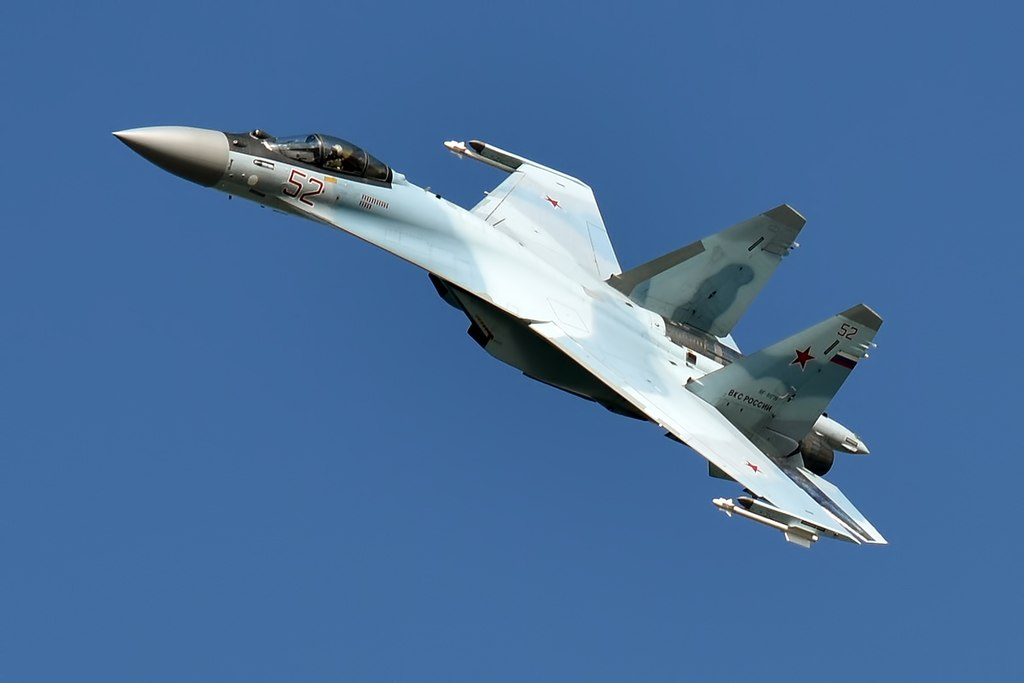
7. Sukhoi Su-35 – $85 Million
The Su-35 is Russia’s most sophisticated 4.5-generation fighter, based on the Su-27 but with thrust-vectoring engines and improved avionics. Its maneuverability is as good as that of the F-22 but without stealth depends on speed and agility.
At approximately $85 million per aircraft, it’s positioned as a budget-friendly option compared to Western combat planes. But geopolitical limitations and sanctions have restricted its export to a limited degree, focusing its deployment among Russian and select allied forces.
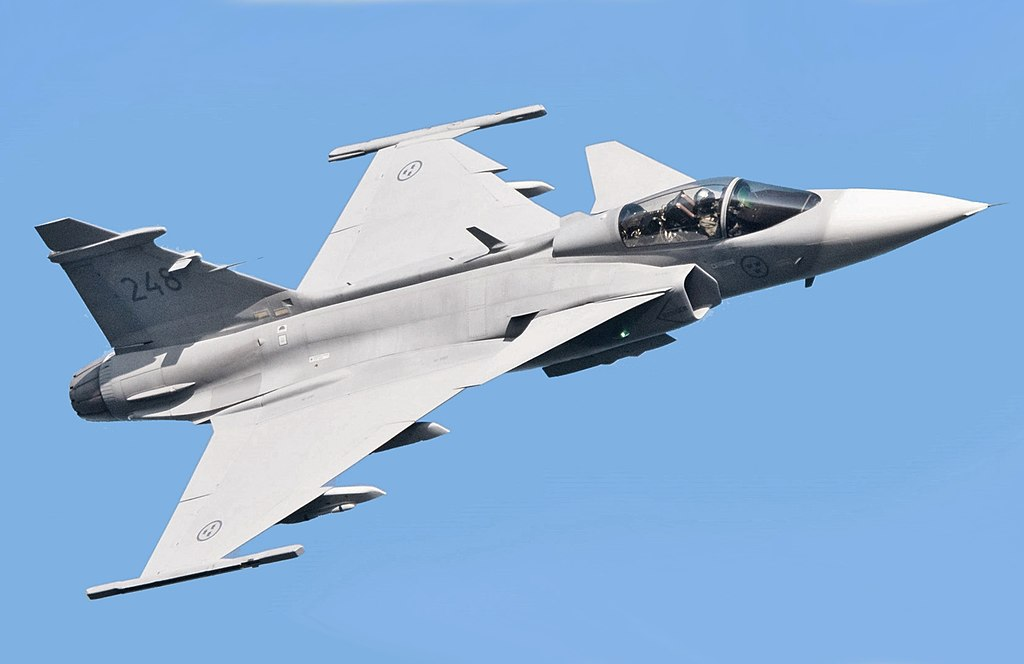
8. Saab JAS 39E/F Gripen – $85 Million
Sweden’s Gripen E/F prioritizes cost-effectiveness, low maintenance, and high-end electronics. It comes with AESA radar, AI-supported mission systems, and full data-link integration for real-time battlefield situational awareness.
At $85 million, the Gripen’s low cost of operation and versatility appeal to small air forces that desire contemporary capability without the sustainment expense of heavier fighters.
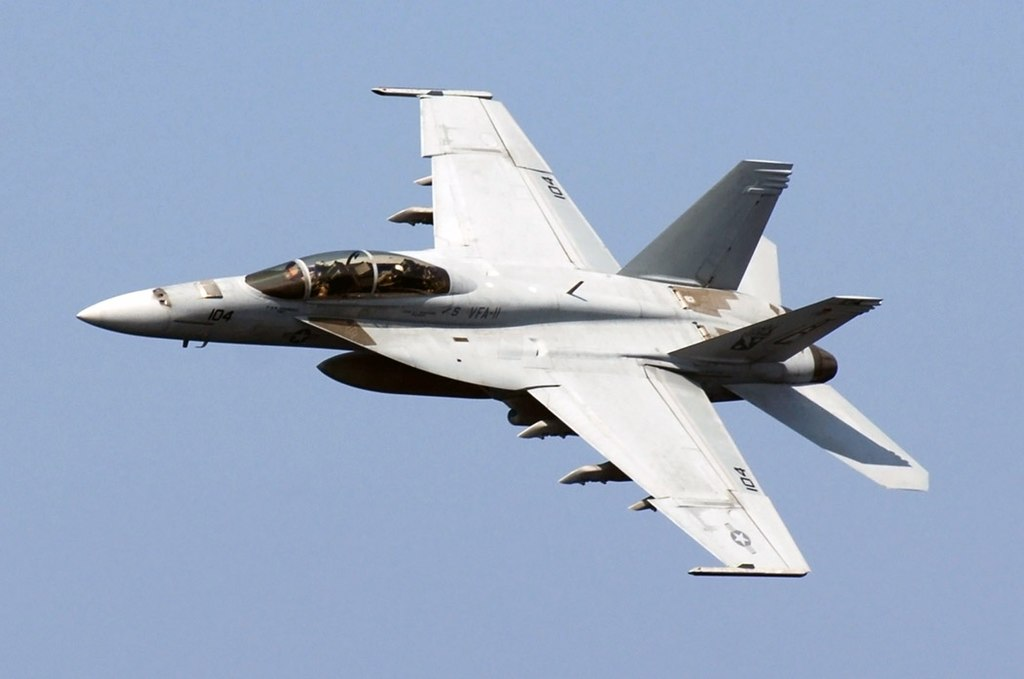
9. Boeing F/A-18 Super Hornet – $73 Million
The US Navy’s main carrier-based fighter, the Super Hornet is larger and more powerful than its predecessor. It provides multirole flexibility, with variants designed to excel at strike, air superiority, and electronic warfare (E/A-18G Growler).
Prices span $67 to $73 million, with the Growler variant up to $80 million. Ongoing improvements keep it competitive against changing threats, with a future place on carrier decks well into the 2030s.
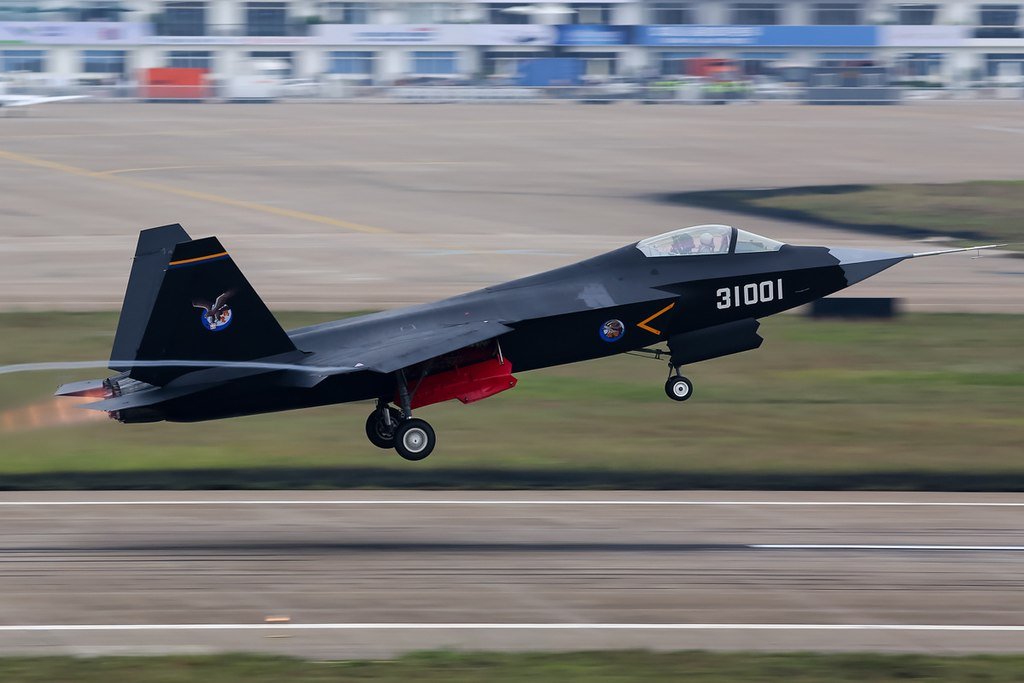
10. Shenyang FC-31/J-35 – $70 Million
China’s FC-31, or J-31 or Gyrfalcon, is a twin-engine stealth fighter intended for export sales. Its naval J-35 version is projected for operation from Chinese carriers, competing with the F-35C.
With stealth shaping, internal weapons bays, and multirole capability, it’s marketed as a lower-cost Western fifth-generation jet alternative. Its estimated price ranges from $70 to $85 million, subject to configuration and production volume.
The eye-popping prices of these planes reflect a truth of contemporary air warfare: technological superiority is expensive. Each of these fighters represents a combination of engineering hubris, strategic imperatives, and national prestige. As costs will ebb and flow with batches and overhauls, the desire for air superiority guarantees that nations will continue to spend hugely on the next wave of airborne combat.
